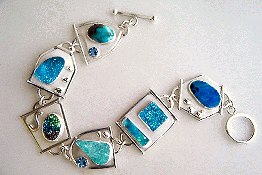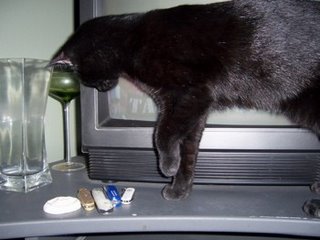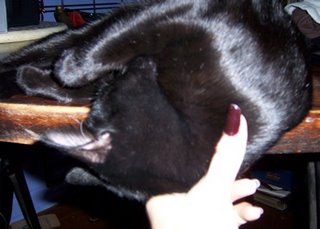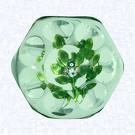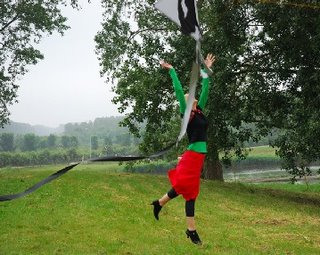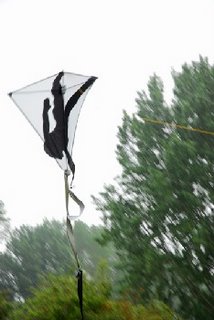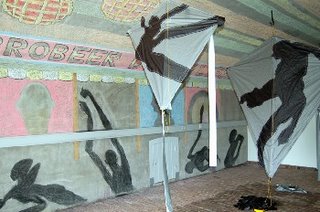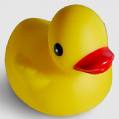The Trial And Error of My Masterplan
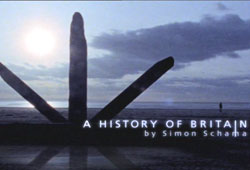 Some time ago, I used to get up Sunday mornings and stare at the TV until my vision came into focus after Saturday nights at the bar. If I were very, very lucky, I found Simon Schama's History of Britain while I was playing "How Many Historians Am I Holding Up?" I like history but I'm no pushover. The History Channel never impressed me. Simon Schama, art professor and possessor of imperfect teeth, rocked my world with his stunning and muscular accounts of events I'd read about a thousand times. Holy crap, I loved his ability to shock me. I mean, it's history. We know how it turned out. (Side note: movie about a big boat? Yeah? The boat sinks. Yes, I'm that kind of bitch.)
Some time ago, I used to get up Sunday mornings and stare at the TV until my vision came into focus after Saturday nights at the bar. If I were very, very lucky, I found Simon Schama's History of Britain while I was playing "How Many Historians Am I Holding Up?" I like history but I'm no pushover. The History Channel never impressed me. Simon Schama, art professor and possessor of imperfect teeth, rocked my world with his stunning and muscular accounts of events I'd read about a thousand times. Holy crap, I loved his ability to shock me. I mean, it's history. We know how it turned out. (Side note: movie about a big boat? Yeah? The boat sinks. Yes, I'm that kind of bitch.)About a year ago, Schama came out with another series on BBC2: The Power of Art. On Sunday, Pete and I watched the last two episodes, which were FANTASTIC.
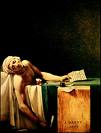 Despite the torrential rush of television news, it can seem as if history has already happened and the day's events are just drops in a great, meaningless bucket. I'm not saying that impression is good or apt, I'm saying it's possible to feel that way, and it can be especially possible to believe that all the great art that will ever be already exists. It's not? When was the last time you went to a gallery show of contemporary artists? (Mr. Rix: hush, you!) When was the last time you saw art at all?
Despite the torrential rush of television news, it can seem as if history has already happened and the day's events are just drops in a great, meaningless bucket. I'm not saying that impression is good or apt, I'm saying it's possible to feel that way, and it can be especially possible to believe that all the great art that will ever be already exists. It's not? When was the last time you went to a gallery show of contemporary artists? (Mr. Rix: hush, you!) When was the last time you saw art at all?"Art is the enemy of the routine, the mechanical and the humdrum. It stops us in our tracks with a high voltage jolt of disturbance; it reminds us of what humanity can do beyond the daily grind. It takes us places we had never dreamed of going; it makes us look again at what we had taken for granted."
- Simon Schama
It is possible to reduce the history of art into glossy dorm room prints chosen for pretty colors and matching decor, but such reductions are truly vulgar, as Schama points out. Case in point is Jacques-Louis David's Death of Marat. From the program guide: Painting became an important means of communication for David since his face was slashed during a sword fight and his speech became impeded by a benign tumour that developed from the wound, leading him to stammer. He was interested in painting in a new classical style that departed from the frivolity of the Rococo period and reflected the moral and austere climate before the French Revolution. David became closely aligned with the republican government and his work was increasingly used as propaganda with the Death of Marat proving his most controversial work. That sounds neutral. David was controversial. Actually, that painting was so loaded a statement his family wasn't allowed to bring his body back into France after David's death. Let Schama tell it. As stories go, it's a doozy.
 Joseph Turner's Slave Ship (Slavers Throwing Overboard the Dead and Dying, Typhoon Coming On) (1840) is just a painting, you might say.
Joseph Turner's Slave Ship (Slavers Throwing Overboard the Dead and Dying, Typhoon Coming On) (1840) is just a painting, you might say. You might also say there's nothing on TV.

